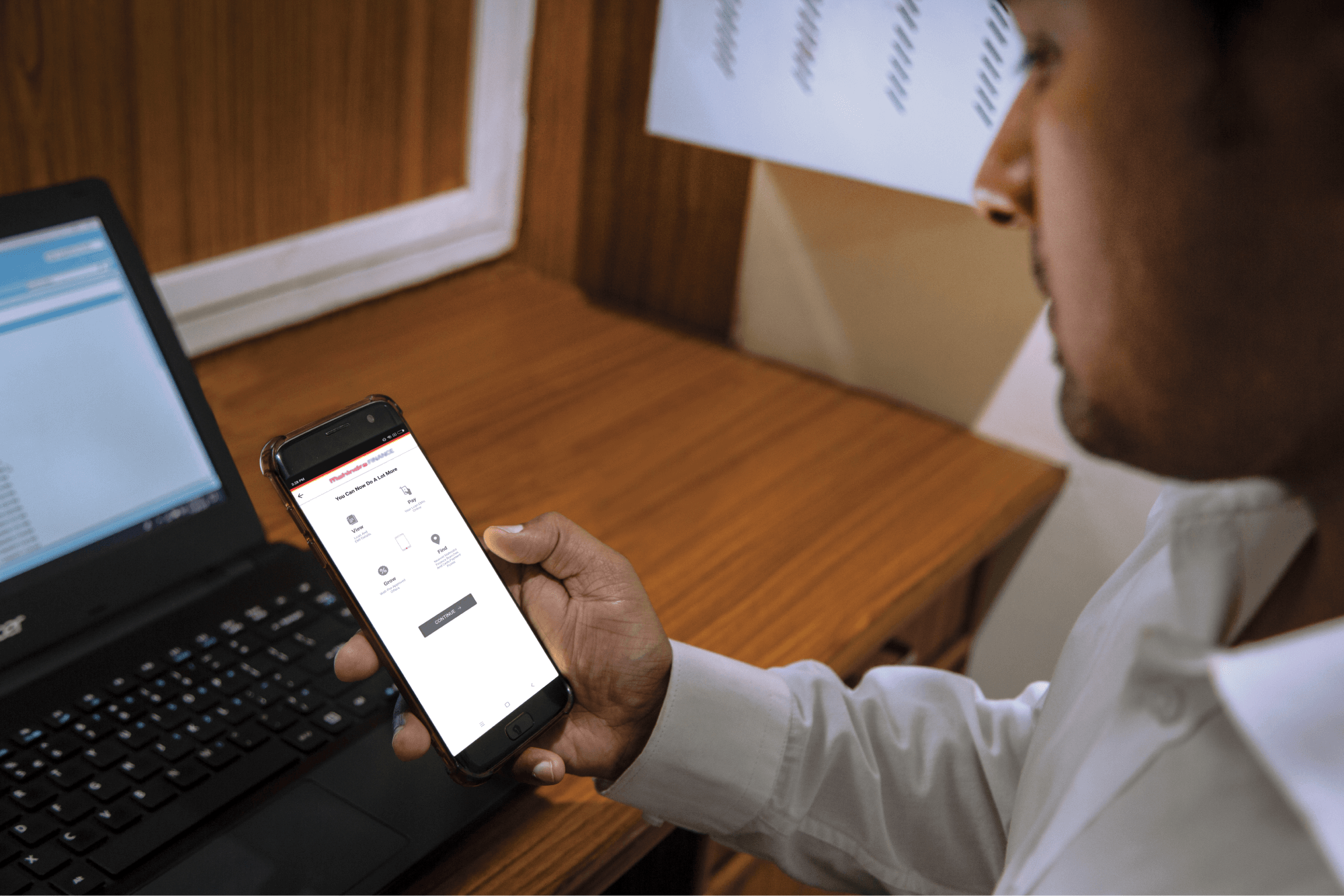If you’ve recently had a fixed deposit mature, you might be wondering how to access your funds. The good news is that withdrawing money from a fixed deposit after maturity is a straightforward process. In this article, we’ll guide you through the steps involved in withdrawing your funds and provide helpful tips along the way.
So, let’s dive into the details and understand how you can use the FD maturity calculator and smoothly withdraw money from a fixed deposit that has reached its maturity date.
How to withdraw money from fixed deposit online
With advancements in technology, online banking has become increasingly popular for conducting financial transactions. Fortunately, withdrawing money from a fixed deposit online is now possible too. Here’s how you can do it:
Step 1: Log in to your online banking portal using your credentials.
Step 2: Navigate to the section dedicated to fixed deposits.
Step 3: Look for the option labelled ‘withdraw FD’ or something similar.
Step 4: Select the specific fixed deposit that you want to withdraw money from.
Step 5: Follow the provided instructions to complete the withdrawal process.
By following these steps, you can easily withdraw your funds directly into your savings or current account with just a few clicks. It’s convenient and saves time compared to visiting a branch in person.
How to withdraw money offline after maturity from fixed deposit
Not everyone may have access to online banking facilities or may prefer conducting financial transactions offline. If that’s the case for you, don’t worry! You can still withdraw money from your fixed deposit by visiting the bank’s branch office. Here’s what you need to do:
Step 1: Visit the branch of the bank where you have the fixed deposit account.
Step 2: Submit your fixed deposit certificate to confirm your intention to withdraw funds upon maturity.
Step 3: Fill out a withdrawal form (FD maturity application) with the necessary details and sign it.
Step 4: Once verified, the principal amount along with accumulated interest will be transferred to your savings account.
It’s essential to ensure that you fill in the correct savings account details in your withdrawal application to avoid any complications or delays in receiving your funds. It is also important that you calculate the fixed deposit maturity amount with an FD maturity calculator.
What happens after maturity?
After your fixed deposit matures, there are two possible scenarios:
Auto-renewal
If you do not provide any specific instructions regarding the maturity of your fixed deposit, banks often opt for auto-renewal. This means that the bank will automatically renew your fixed deposit for another term, usually one year, with the same terms and conditions as agreed upon initially. It offers convenience and continuity for depositors, ensuring that their funds remain invested and continue to earn interest without manual intervention or renewal procedures.
Auto-liquidation
In this scenario, upon maturity, the fixed deposit is liquidated, and the total amount (principal sum along with accumulated interest) is transferred directly into your savings account.
It’s crucial to familiarise yourself with the specific provisions or terms outlined by the issuer regarding post-maturity actions. These may be mentioned on your deposit certificate or other relevant documents provided by the bank. By understanding these details, you can ensure a smooth and hassle-free withdrawal process that adheres to any specific instructions or conditions specified by the issuer.
Calculating your maturity amount
To make an informed decision about withdrawing your funds after the maturity of your fixed deposit, it’s essential to calculate the fixed deposit maturity amount. The maturity amount is the total sum you will receive upon withdrawal. Here’s how you can use an FD maturity calculator to compute the same:
1. Simple Interest Calculation:
For fixed deposits with a simple interest calculation, you can use the following formula to determine the maturity amount:
Maturity Amount = Principal Amount + (Principal Amount Interest Rate Time Period)
2. Compound Interest Calculation:
In cases where your fixed deposit earns compound interest, you can use the following formula to calculate the maturity amount:
Maturity Amount = Principal Amount (1 + (Interest Rate / Compounding Frequency)) ^ (Compounding Frequency Time Period)
To better understand these calculations, let’s take a look at a couple of examples.
Example 1:
You have invested ₹1,00,000 in a fixed deposit for one year with an annual interest rate of 7%. The interest is compounded annually.
Using the compound interest formula:
Maturity Amount = ₹1,00,000 (1 + (0.07/1)) ^ (11)
Maturity Amount = ₹1,07,000Calculating your maturity amount using an FD maturity calculator before withdrawing your funds gives you a clear idea of how much you can expect to receive and helps you plan your finances accordingly.
Additional read: Things To Know On FD Premature Closure Penalty
Making informed decisions
Now that you understand how to withdraw money from a fixed deposit after maturity and how to calculate your fixed deposit maturity amount let’s discuss making informed decisions based on your financial goals and needs.
Reinvestment:
If you don’t immediately need the funds, reinvesting the maturity amount into a new fixed deposit can be a smart move. It allows you to continue earning interest on your investment and grow your savings.
Withdrawal:
On the other hand, if you have other financial commitments or plans, withdrawing the funds might be necessary. However, keep in mind that premature withdrawals may attract penalties or result in reduced interest rates. It’s essential to consider these factors before making a decision.
Tax implications:
Be aware of any tax implications associated with withdrawals from fixed deposits after maturity. Depending on your income and the prevailing tax laws, you may need to account for tax liabilities when planning your finances.
Explore other investment options:
If you’re looking to diversify your investment portfolio or explore higher returns, it’s worth considering other investment options such as mutual funds or stocks. However, always assess the risk associated with these investments and consult with a financial advisor if needed.
Conclusion
Withdrawing money from a fixed deposit after maturity is a simple process that can be done online or offline. By following the steps mentioned above and calculating your maturity amount, you can make informed decisions about how to manage your funds effectively.
Remember to weigh the pros and cons of reinvesting versus withdrawing based on your financial goals and needs. Additionally, take into consideration any tax implications and explore other investment avenues if they align with your risk tolerance.
At Mahindra Finance, we understand the importance of managing your finances wisely. Our range of financial products and services offers solutions tailored to meet your unique needs. Whether you’re looking for flexible loan options or assistance in planning for future goals, we’re here to help.
Take control of your financial journey by exploring our offerings today!
FAQs
Q: How can I calculate the maturity amount of my fixed deposit?
A: You can use an FD maturity calculator available on banking websites or financial apps. Enter the principal amount, tenure, and FD interest rate to calculate the maturity amount.
Q: Can I withdraw my fixed deposit before its maturity date?
A: Yes, it is possible to withdraw a fixed deposit before its maturity date. However, there may be penalties or charges imposed by the bank for premature withdrawal.
Q: What happens if I don’t withdraw my fixed deposit after maturity?
A: If you don’t provide any instructions regarding withdrawal, the bank may either renew the fixed deposit automatically or liquidate it and transfer the funds to your savings account.
Q: Can I withdraw my fixed deposit online?
A: Yes, most banks provide online banking services that allow you to withdraw your fixed deposit after it has matured. Log in to your account, navigate to the relevant section, and follow the withdrawal process.
Q: What documents do I need to submit for FD withdrawal after maturity?
A: You will typically need to submit the deposit certificate and a withdrawal application form. Ensure you provide accurate details to facilitate a smooth withdrawal process.
























































